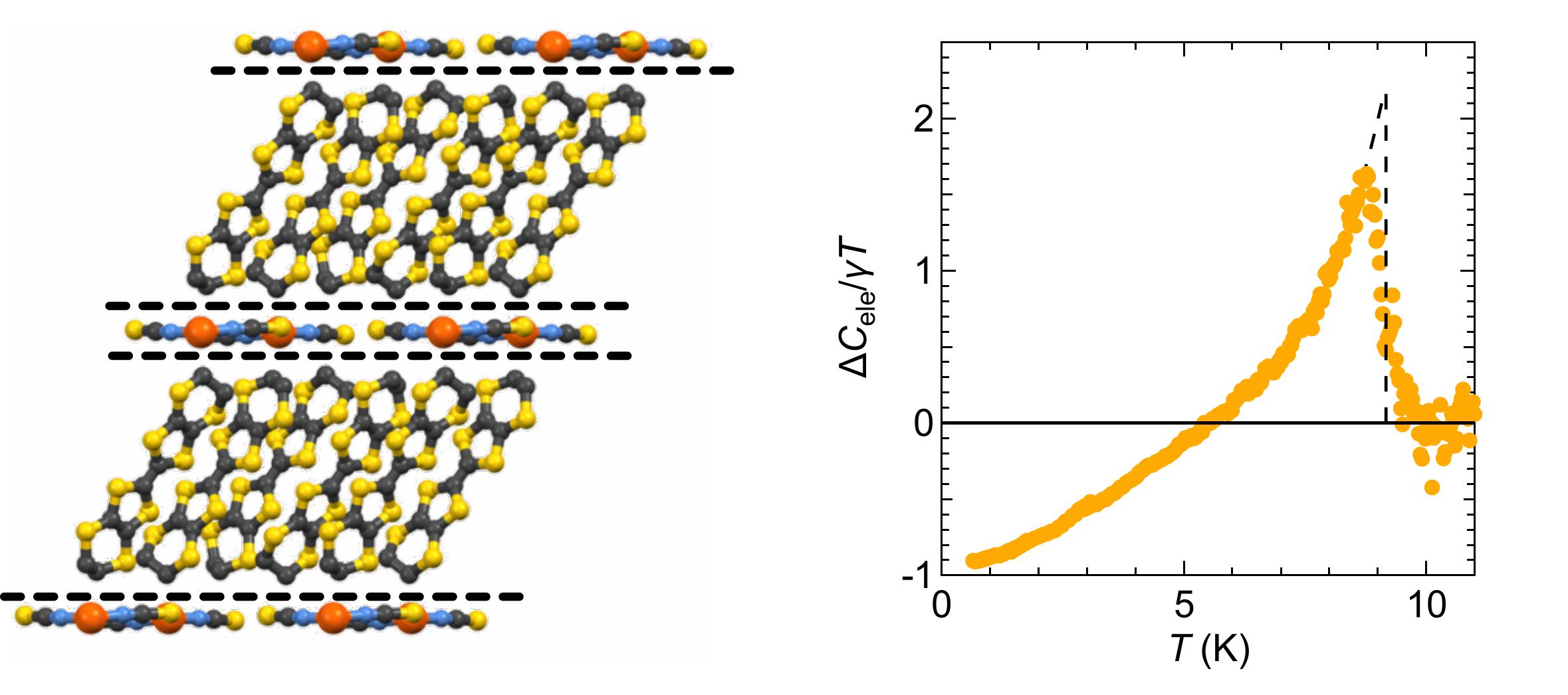Prof. Shusaku Imajo1
Talk: "Exploring the Origin of Superconductivity in Organics through Heat Capacity"
1 Department of Advanced Materials Science, University of Tokyo, 277-8561 Chiba, Japan
Superconductivity is one of the most fascinating phenomena. About 70 years ago, the fundamental framework was established by the celebrating theory, known as the BCS theory. However, many unconventional superconductors that cannot be explained within this framework have been discovered in this 50 years. Due to the many-body problem arising from strong correlation effects, a complete theoretical understanding remains challenging, making experimental insights crucial. In this regard, studying superconductors through thermodynamic quantities provides a powerful approach.
The discovery of superconductivity in organic materials was made in the early 1980s. Since π-electrons in organic molecules are responsible for conduction, the low electron density leads to strong electronic correlations, suggesting that superconductivity is realized through an unconventional mechanism. However, experimental verification of this has been slow due to the experimental challenges associated with organic materials. While these materials have the advantage of forming high-quality crystals, their small size, fragility, and low electron density make precise discussions of electronic states technically demanding. The problem has led to long-standing controversy with several contradictory results being reported.
To overcome these difficulties, we have developed calorimeters specialized for organic materials, enabling highly sensitive heat capacity measurements. As a result, we have successfully determined the low-energy excitation structure of organic superconductors with high accuracy, leading to a detailed understanding of the superconducting mechanism in these systems [1,2].
In this lecture, we will introduce the method of determining the superconducting mechanism through heat capacity measurements, and will discuss how unconventional superconductivity is realized in organic materials with our recent research results.
- [1] S. Imajo, K. Kindo, and Y. Nakazawa Phys. Rev. B 103, L060508 (2021)
- [2] S. Imajo, H. Akutsu, R. Kurihara, T. Yajima, Y. Kohama, M. Tokunaga, K. Kindo, and Y. Nakazawa, Phys. Rev. Lett. 125, 177002 (2020)
Acknowledgements: The work was supported by JSPS KAKENHI, Japan (Grant No. 24K17005).